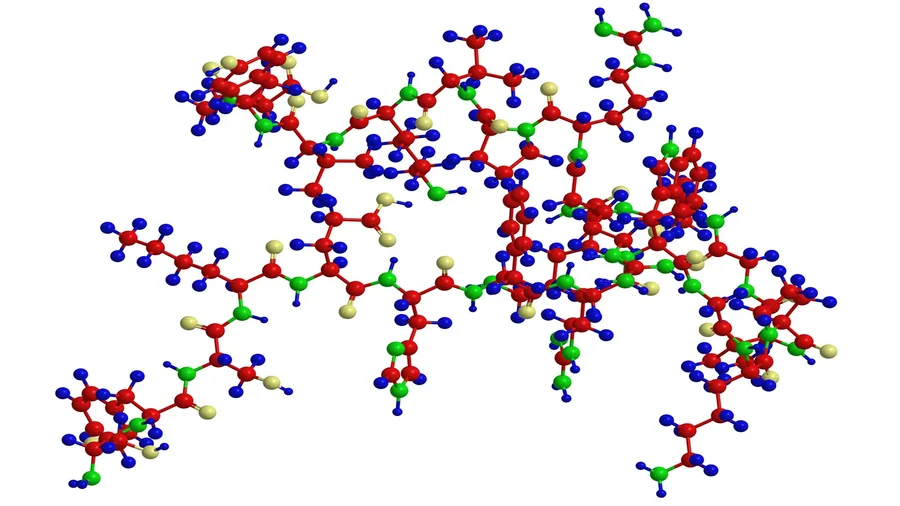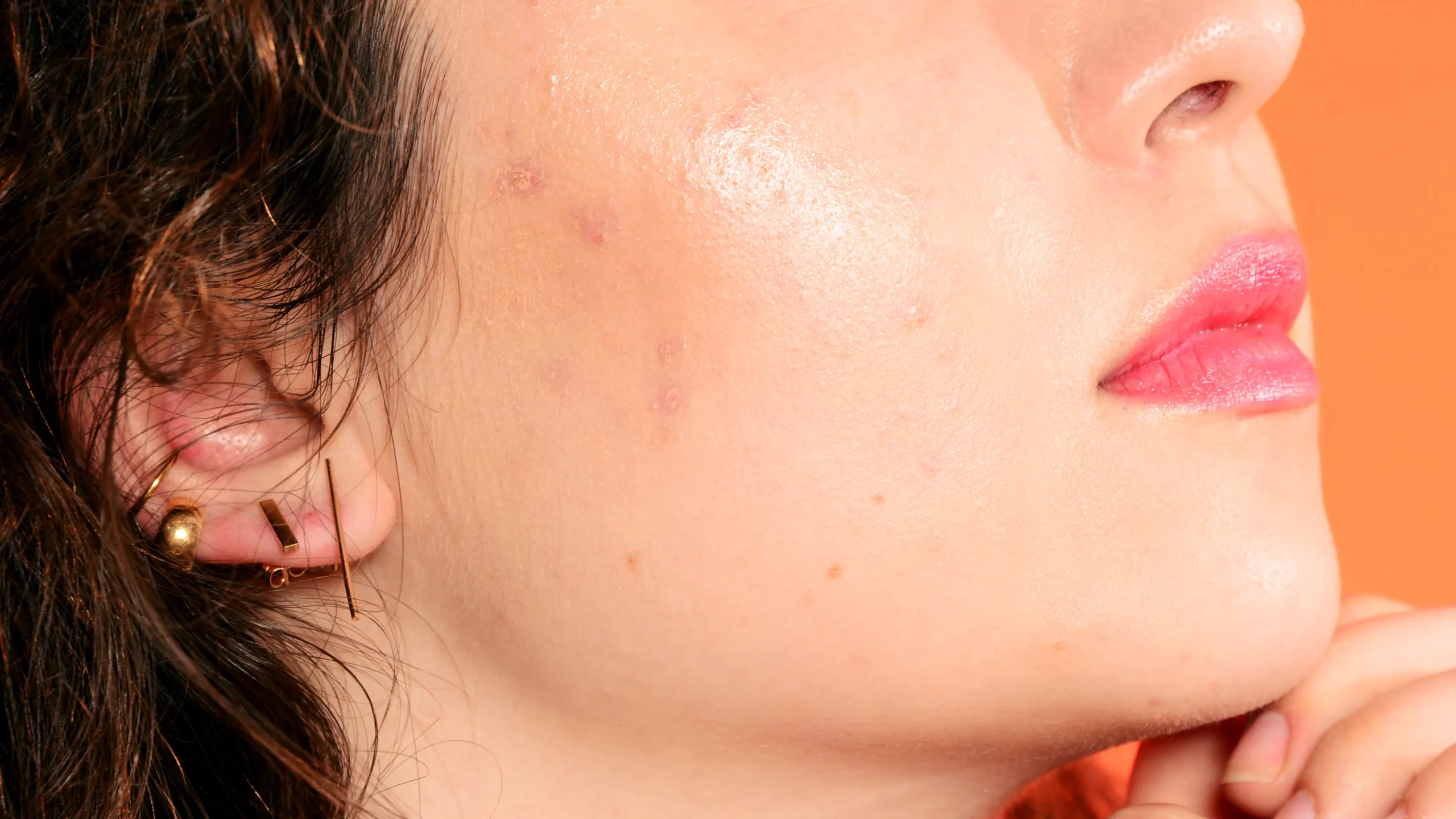Proteins are the chief builders of the body.
They are complex molecules made up of carbon, hydrogen, oxygen, and nitrogen (sometimes sulphur and phosphorus).
Proteins are used to synthesize enzymes (e.g. pepsin, trypsin),
hormones (e.g. insulin, adrenaline), carrier proteins (e.g. hemoglobin)
and contractile proteins (e.g. myosin, actin). The normal protein requirement of an adult is 1g/kg of body weight.
However, growing children, and pregnant and nursing mothers need more protein. It provides 4.1 calories of energy per gram.
Composition of Proteins
The proteins are polymers made of monomers called amino acids.
Amino acids are relatively small nitrogen-containing molecules that serve as blocks
for proteins and other organic compounds. Of the building 22 amino acids in nature,
20 are present in our cells. Thousands of structural proteins, enzymes, hormones,
transport molecules, neurotransmitters, and immune molecules are built from these same 20 amino acids,
combined together in slightly different fashions.
Our body is capable of manufacturing some amino acids; others must be obtained from our food.
- Non-essential Amino Acids:
Non-essential amino acids can be manufactured from other amino acids or
simpler compounds already present in our body. The non-essential amino acids are alanine,
asparagine, aspartic acid, cysteine, glutamic acid, glutamine, glycine, proline, serine, and tyrosine.
Adults can also synthesize an 11th amino acid, arginine, but infants and young children cannot produce
enough to meet their metabolic needs. Therefore arginine is also called a conditionally essential amino acid.
- Essential Amino Acids:
Nine of the 20 amino acids needed by adults cannot be synthesized in the body;
they must be obtained from dietary sources. One cannot remain healthy if deprived of them for very long.
The essential amino acids are histidine, isoleucine, leucine, Lysine, methionine, phenylalanine, threonine,
tryptophan, and valine. Infants and children also require dietary arginine, as they cannot synthesize it efficiently.
Classification of Proteins
Classification of Proteins based on Structure of Proteins.
There are four structural levels of organization to describe the complex macromolecule, and
protein based on the degree of complexity of the molecule. They are Primary structure, Secondary structure,
Tertiary structure and Quaternary structure.
- . Primary structure of Protein – Here protein exists as a long chain of amino acids arranged in a particular sequence. They are non-functional proteins.
- . Secondary structure of protein – If the polypeptide chain is coiled into a spiral or helix to have a three-dimensional structure, where the amino acids interact by the formation of hydrogen bonds e.g. keratin, silk fibers, etc.
- Tertiary structure of protein – Long polypeptide chains become more stabilizes by folding and coiling, by the formation of ionic or hydrophobic bonds or disulphide bridges, this results in the tertiary structure of the protein, e.g. globulins of blood.
- Quaternary structure of protein– When a protein is an assembly of more than one polypeptide or subunits of its own, this is said to be the quaternary structure of protein. Examples are hemoglobin and insulin.
Classification of Proteins based on Biological Function.
Proteins can be grouped based on the metabolic function they perform.
- Enzymatic Proteins:
They are the most varied and highly specialized proteins with catalytic activity. Enzymes catalyze a variety of reactions. Examples: urease, catalase, cytochrome C, etc.
- Structural Proteins:
These proteins aid in strengthening or protecting biological structures.
Example: collagen, elastin, keratin, etc.
- Transport or Carrier Proteins:
These proteins help in the transport of ions or molecules in the body. Examples: myoglobin, hemoglobin, etc.
- Nutrient and Storage Proteins:
These proteins provide nutrition to growing embryos
and store ions.
Functions of proteins
Proteins build new tissues of the body and maintain and replace damaged tissues.
Proteins carry out regulating activities as enzymes and hormones.
Proteins are protective as antibodies.
Proteins are responsible for movement, as contractile proteins actin and myosin form the basic structure of muscles.
Keratin protein forms hair, nails, feathers, horns, and beaks.
Carrier proteins move molecules from one place to another around the body, e.g. haemoglobin.
Sources of Protein
Sources of protein are of both animal and plant origin. Some of the common sources are groundnuts,
beans and pulses among plants, fish, eggs, meat, milk, and cheese among animal products.





Nice